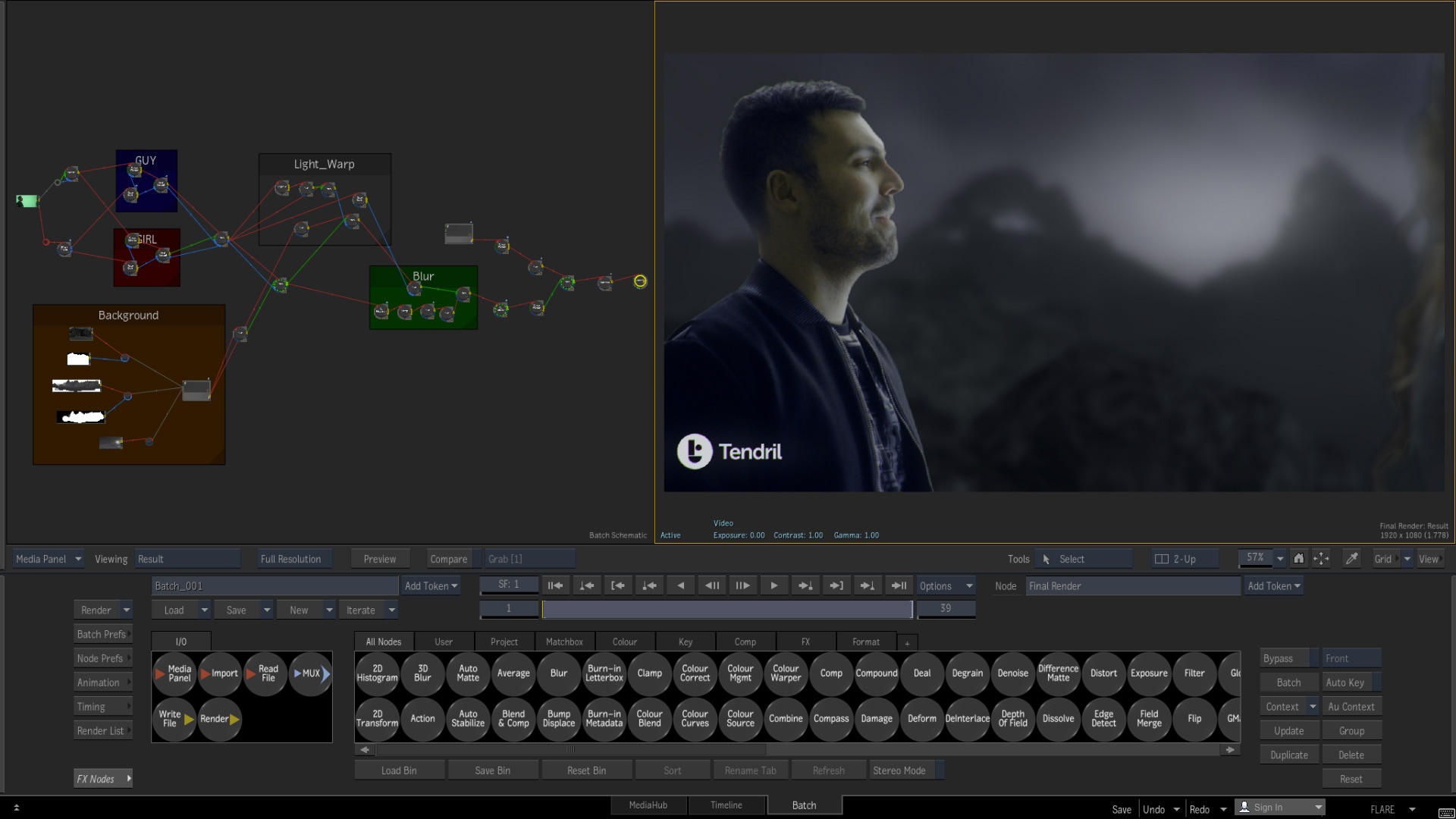Download Programma Per Fare Video 3d Mammogram
3D mammography (also known as digital breast tomosynthesis, digital tomosynthesis, or just tomosynthesis) creates a three-dimensional picture of the breast using X-rays. Several low-dose images from different angles around the breast are used to create the 3-D picture.A conventional mammogram creates a two-dimensional image of the breast from two X-ray images of each breast.3D mammography is approved by the, but isn’t yet considered the standard of care of breast cancer screening. Because it’s relatively new, it’s not available at all hospitals and mammogram facilities.However, is increasingly being seen throughout facilities in the United States, faster than digital mammography was – 50% of the facilities in the Breast Cancer Surveillance Consortium is a collaborative network of seven mammography registries with linkages to tumor and/or pathology registries. The network is part of the National Cancer Institute.In South Florida, for instance, the Center of Diagnostic Imaging (“CDI”) was the first to install a 3-D mammography machine; recognizing the life-saving accuracy of these devices, CDI Miami has remained committed to popularizing their use.

Download Programma Per Fare Video 3d Mammogram Cost
With three offices dedicated towards breast cancer detection, the CDI team is committed to helping patients with early detection. Patients can visit the Comprehensive Breast Care Center of South Dade for a breast cancer screeningSeveral studies have found that 3-D mammograms find more cancers than traditional 2-D mammograms and also reduce the number of false positives. Still, these studies didn’t look at 3-D mammogram screening over time.A study looking at 3 years of data on breast cancer screening with 3-D mammograms has found that the benefits of 3-D mammograms last over time.The study was published online on Feb. 18, 2016 by JAMA Oncology. Read the abstract of“These findings reaffirm that 3-D mammography is a better mammogram for breast cancer screening,” said Emily Conant, M.D., chief of breast imaging at the Perelman School of Medicine at the University of Pennsylvania, who was the senior author of the study.
Conant also is a member of the Breastcancer.org Professional Advisory Board. “These results are an important step toward informing policies so that all women can receive 3-D mammography for screening.”In the study, the researchers analyzed 44,468 screening mammograms of 23,958 women who had never been diagnosed with breast cancer. From September 2010 to August 2011, all the women were screened with digital 2-D mammograms only. For the next 3 years, the women were screened with 3-D mammograms.The researchers compared differences in screening outcomes between each 3-D mammogram year and the 2-D digital mammogram year. They also compared the differences in outcomes between women who had one, two, or three 3-D mammograms.The rates of women who had to come back for more testing increased slightly each year for women who had 3-D mammograms:. year one recall rate: 88 per 1,000 women screened.


year two recall rate: 90 per 1,000 women screened. year three recall rate: 92 per 1,000 women screenedIf you need a Call 305.602.0692 today for more information. Our South Dade office is located at:10300 SW 72nd St, Suite 400,Miami FL, 33173.